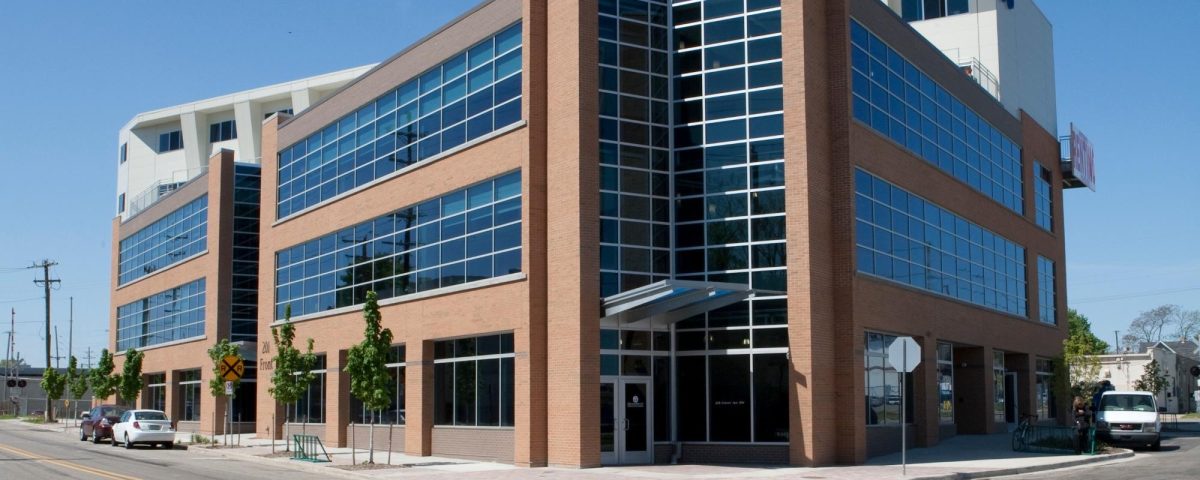Students looking to find affordable housing in the Grand Rapids area are struggling more than ever, especially in the last few years.
With one of the youngest populations in the nation, the Grand Rapids area suffers from high rent and living costs.
Paul Isley, the Associate Dean of the Seidman College of Business, is still optimistic that a young student can afford housing in Kent County, albeit only under certain conditions.
“It is still feasible here in the Midwest,” Isley said. “And it might be that they need to not look in their favorite place. They should be looking at a more rural area farther from the city center.”
Kent County’s unique problem is a higher representation of younger people than most other counties in the country. This leads to a high demand for housing with a relatively low supply.
“Kent County is unique in that we have more people in their 30s than over the age of 65,” Isley said. “That’s not the case for the United States, and that’s not the case for Michigan.”
For the millennial generation, many people are reaching the age and time when they are ready to start looking for a more permanent living situation. Isley believes that this, coupled with high-interest rates, which don’t seem to be coming down anytime soon, is the crux of the problem.
“Millennials are reaching that point in their lives where they want to buy a house,” Isley said. “So that’s creating some upward pressure. We have less supply of housing because as the interest rate went up, the current occupants can’t even sell their homes if they wanted to.”
Given the upcoming presidential election, the economy under the current administration is especially visible. Many citizens may be optimistic that a change in office would signal a more positive direction for the housing market. Isley believes otherwise.
“I don’t believe elections have a lot of effects on the economy,” Isley said. “Consumers and businesses affect the economy.”
As far as what the government can do to alleviate this issue in Kent County, Isley believes there are several crucial things to keep in mind.
“So, the real issue right now is we need more housing available of the type that a student would want to live in,” Isley said. “We have restricted geographic locations on where that can be, and we have alternative uses for that land that might provide a better return, so it’s a little bit complicated.”
The high quality of new apartments being built in Kent County has led to a runaway price increase in rent, but Isley thinks adjusting the quality of these places may be a good first step in allowing students to comfortably afford rent.
“There are a lot of attempts right now to get non-market-rated things going,” Isley said. “This will help alleviate competition for that level, and that will make things better off.”
Still, Isley said he believes the Grand Rapids area’s concentrated youth populations are a positive sign, and things might change soon.
“Remember, it’s really, really good that we’re healthy, and we have lots of young people here,” Isley said. “Those millennials are starting to get older, and now the Generation Z group will start buying houses, and as that starts to happen, it will start to take some pressure off housing prices.”
Isley believes post-election is a more realistic timeframe to see real change in the housing market but also thinks it is just a natural consequence of certain generations getting older and making bigger decisions.
“In the next five years, we expect to see a little more weakness on the bottom end of the market and that could be very helpful to students,” Isley said.






















